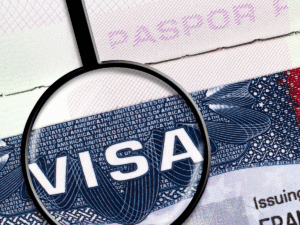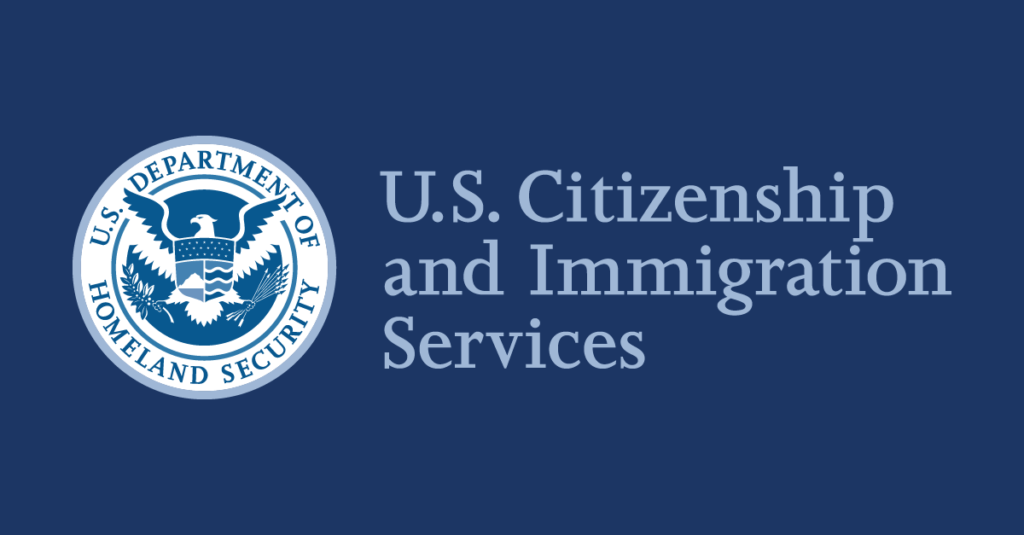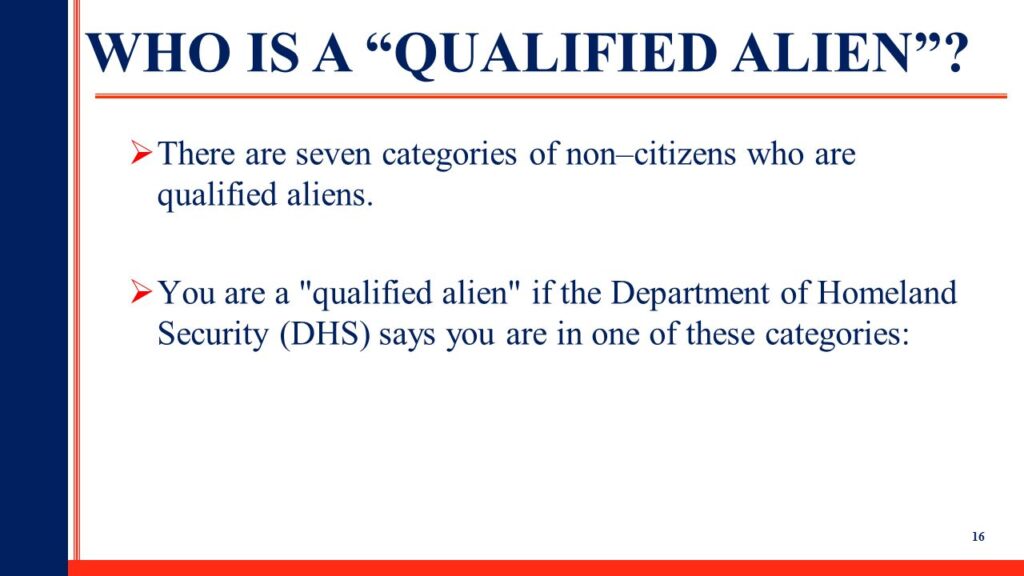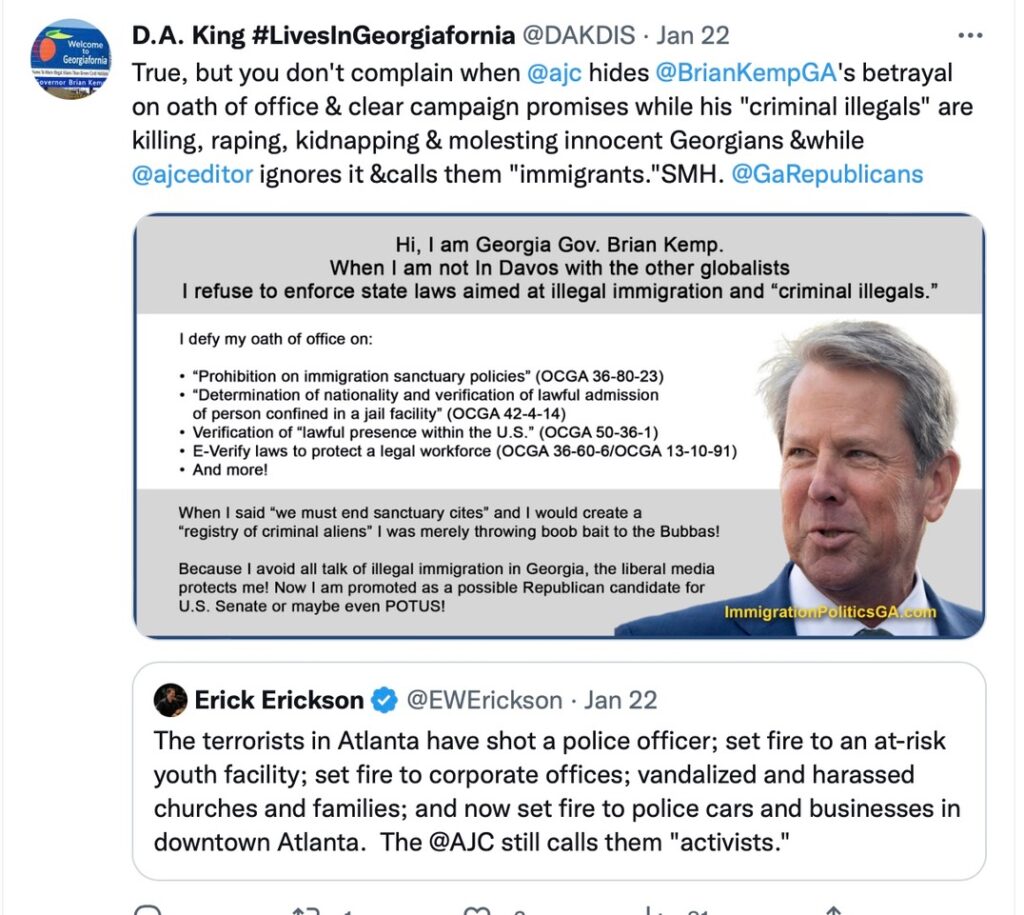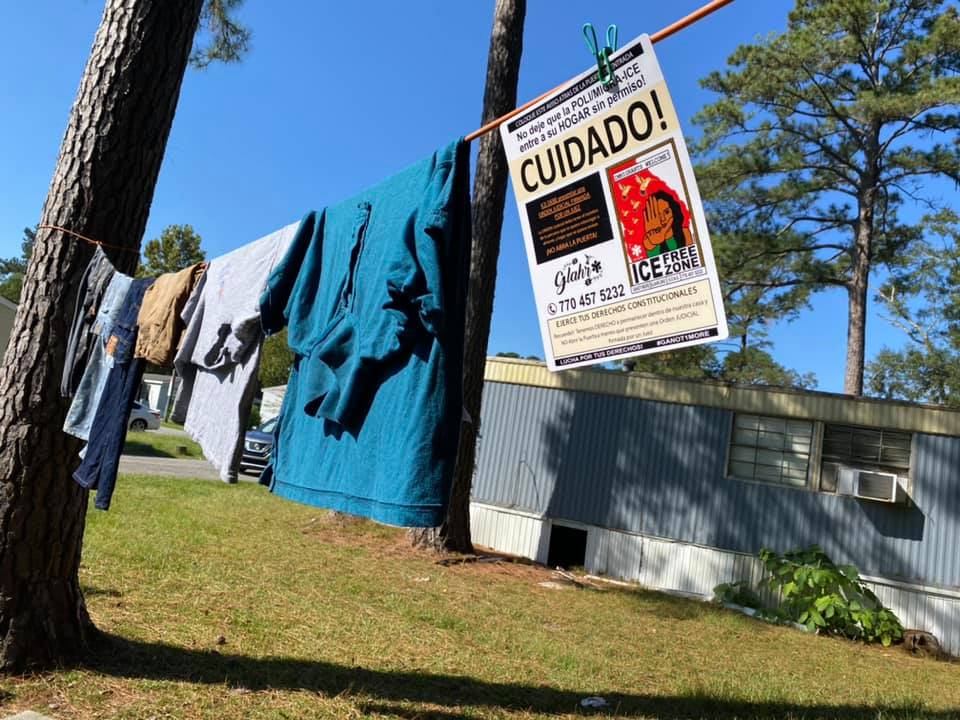City Journal
Dave Seminara
May 30, 2023
Visa abuse, which begins as legal entry, doesn’t get nearly as much attention as illegal border crossings
By now, you’ve likely heard plenty about the crisis on our southern border. In Fiscal Year 2022, border patrol officers had nearly 2.4 million encounters with migrants from around the world. They’re on pace to break those record numbers in 2023, and that tally doesn’t include so-called got-aways or those evading detection entirely.
“No foreign “tourists” should be permitted to stay forever.”
But all this is only half of our illegal immigration problem. There’s another surge, this one unfolding at embassies and consulates—and it begins with visas placed in foreign passports.
As I’ve been detailing since 2008, roughly half of all illegal immigrants come to the U.S. legally on various non-immigrant visas (NIV)—typically tourist visas (B1/B2)—and overstay them. But the breadth and scope of NIV abuse is likely much worse than that. We still don’t have a firm grasp on NIV overstay rates because many ports of entry don’t stamp travelers out of the country when they leave. We do know, however, that last year consular officers approved 80 percent of tourist visa applicants worldwide. That includes, for example, 70 percent of applicants from China, 85 percent from Brazil, 46 percent from Iran, 74 percent from Russia, and an astonishing 94 percent from India.
Customs and Border Protection (CBP) officers authorize most foreign tourists who arrive with B1/B2 visas for a six-month stay, and some can legally extend their stays for up to 18 months. They can’t work legally, but many work anyway. (Ironically, CBP officers typically give travelers from rich visa-waiver countries only 90 days, while those from less well-off countries that require visas get twice as much time.)
Foreigners can arrive here on tourist visas and then legally adjust their visa status if they marry an American. It’s also legal for foreign “tourists” to come here and interview for jobs. If they find one, their employer can file an adjustment-of-visa-status request for them. The bottom line is that the U.S. is likely the only Western country where one can arrive as a tourist and never go home—all legally.
Many companies, particularly those that can’t capture as many H-1B visas as they want, send employees here with B1/B2 visas, claiming that they’re here for training when in fact they work here. The government doesn’t have the manpower to investigate what foreign employees on B1/B2 visas actually do when they set foot in offices.
During the pandemic, NIV visa numbers plunged as embassies and consulates halted visa processing for spells, but now a new surge of applicants is overwhelming posts in many parts of the world. In March, NIV issuances exceeded 1 million in a single month for the first time since the State Department began releasing monthly NIV data in 2017. The more than 1.1 million NIVs issued in March represent a 41 percent increase over March 2019 figures. Prior months also saw robust increases compared with 2019.
Some of this could be attributed to pent-up demand, but the numbers at some posts are extraordinary. As a former consular officer, I can confirm that the busiest season at most posts is summer, so the early surge in 2023 could be just the tip of the iceberg. Below are the numbers for select posts in March 2023 compared with March 2019. These are only for tourist visas, save for Mexico, where I include border-crossing cards and H-2A agricultural visas to illustrate the emptiness of the Left’s “but who will pick the crops?” argument in favor of open borders.
| Brazil | 101,359 (in 2023) vs. 43,215 (in 2019) |
| China | 39,409 vs. 98,682 |
| Ecuador | 25,746 vs. 14,162 |
| El Salvador | 6,038 vs. 3,203 |
| Honduras | 8,176 vs. 2,067 |
| Guatemala | 6,318 vs. 3,385 |
| India | 94,218 vs. 64,695 |
| Mexico | 198,092 vs. 95,596 |
| Mexico (including H-2A agricultural visa) | 44,716 vs. 19,606 |
| Nigeria | 10,529 vs. 7,568 |
| Pakistan | 9,287 vs. 4,383 |
| Philippines | 15,881 vs. 11,938 |
| Russia | 6,093 vs. 10,989 |
| Turkey | 10,653 vs. 6,564 |
| Ukraine | 2,658 vs. 3,796 |
| Guatemala | 6,318 vs. 3,385 |
China, Ukraine, and Russia are the only significant outlier posts where issuances aren’tsoaring. Applicant numbers from Russia and Ukraine may still be robust, but officers are possibly refusing more tourist-visa applicants due to the war.
Consular officers are required by law to deny any tourist visa applicant who cannot convince them that he’ll return to his home country. In practice, however, many of my former colleagues have more of a diplomatic mindset than a law enforcement one and give applicants the benefit of the doubt. At some posts, chiefs of mission, some of them political appointees, could be pressuring managers to be lenient in order to reduce migrant flows at the border.
GOP candidates will no doubt make President Biden’s deliberate failure to enforce our immigration laws a central theme of the 2024 campaign. Republicans will broadly agree that we must secure the border. Comparatively little will be said about NIV abuse, guest workers, and legal immigration. Below are some policy ideas for presidential hopefuls.
Though I have tremendous respect for my former colleagues in the Foreign Service, the truth is that few diplomats want to do visa work, and it is often viewed as a way of “paying your dues” as a junior level officer. We should therefore shift the visa function away from the State Department to a new consular corps, nested within the Department of Homeland Security, consisting of officers with law-enforcement experience.
We can also crack down on tourist visa abuse. No foreign “tourists” should be permitted to stay forever. If someone comes here as a “tourist” and then decides they want to stay, let him return to his home country and apply for a different category of visa there. And we should cut back the authorized stay for tourists arriving on B1/B2 visas to 90 days, extendable by a maximum of 90 additional days. We should also investigate and punish companies that abuse the B1/B2 training loophole, track visitor entry and exits more effectively, and bar visa abusers who spend more time in the U.S. as “tourists” than they do in their home countries.
Any company that has laid off American workers in the past 12 months shouldn’t have the right to petition for any category of guest workers for the next 12 months.
Guest-worker visas like the H-2B require U.S. employers to advertise jobs here first. But these are “compliance”-oriented ads, expressly designed to deter applicants. The government should ensure that companies are actively recruiting for jobs here, not just running unappealing classified ads in seven-point font to comply with the law.
Student-visa abuse is most rampant at open-enrollment community colleges. Community colleges should be required to submit annual reports on their foreign students’ matriculation rates. No F-1 student visas should be issued for students going to community colleges being used as visa mills.
We should restrict legal, chain migration to the wives, fiancés, and children of American citizens. When someone moves here from abroad, he shouldn’t be able to bring his siblings and parents along. Removing preferences from Legal Permanent Residents will give them time to assimilate first and encourage them to become U.S. citizens.
Lastly, we should make participation in E-Verify mandatory nationwide for employers with at least 25 employees, as Florida has recently done. Read the entire report here.
